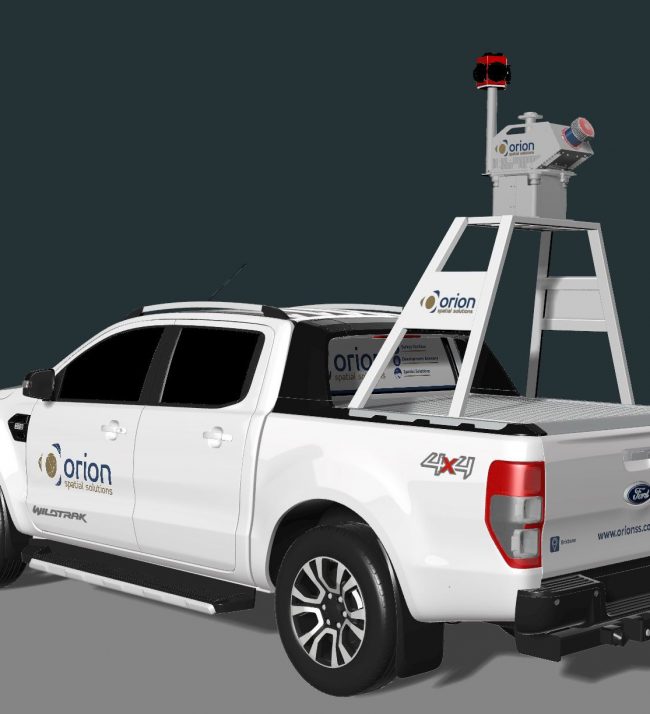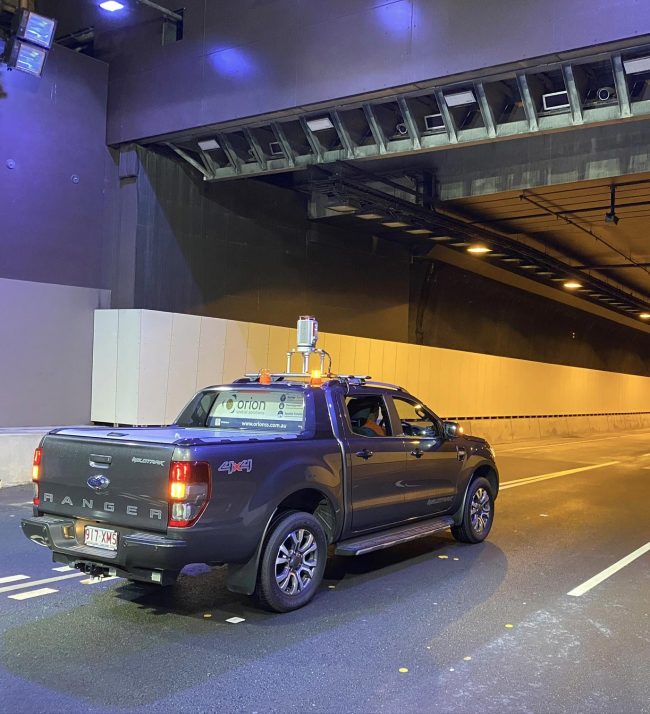Mobile LiDAR
Mobile LiDAR Systems, also known as Mobile Laser Scanning (MLS) incorporates survey grade LiDAR sensors with Spherical Vision cameras and Global Navigation Satellite Systems (GNSS), mounted on a vehicle to acquire LiDAR data from a moving platform. Mobile LiDAR is ideally suited for mapping of linear infrastructure such as rail corridors, roads and motorways as the technology utilises non-invasive survey methods to efficiently acquire 3D data. The end result is an accurate high-resolution 3D point cloud that can be used for City Modelling, Mapping for Autonomous Vehicles, Concept Design Planning, Feature string extraction and Digital Terrain Modelling for engineering design, mapping corridor assets and assessing condition of roads, rail and infrastructure. This system also incorporates high-resolution imagery, captured simultaneously during scanning, to allow point cloud colourisation to give end users a better perspective and accurate representation of the site.
Mobile – Stop and Go LiDAR
A hybrid of Mobile and Terrestrial methods, Orion’s Stop and Go LiDAR system incorporates a survey grade 3D Laser Scanner mounted on a mobile platform. The system requires the 3D Scanner to be stationary for each window of capture, but still producing survey grade 3D point clouds. The Stop and Go LiDAR system comes into its own in Global Navigation Satellite System (GNSS) denied environments like tunnels. Stop and Go LiDAR does not rely on GNSS for positioning of scans, alternatively it uses target and cloud to cloud registration. This allows us to create survey grade 3D models of infrastructure such as tunnels using a cost-effective, efficient and safe method.
This system also incorporates high-resolution imagery captured simultaneously during scanning to allow point cloud colourisation to give end users a better perspective and accurate representation of the site.


